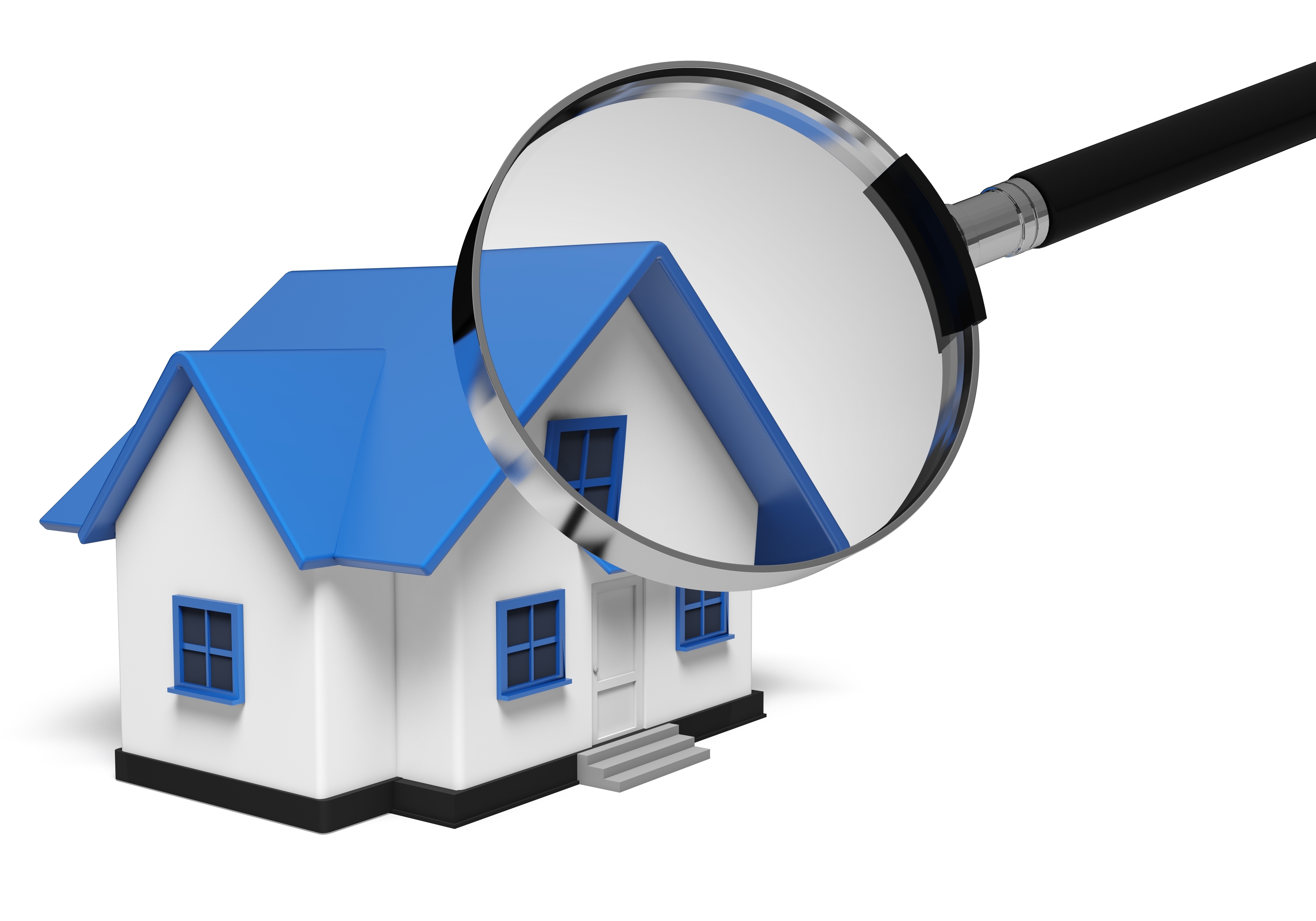
Understanding AppraisalsTheir home's purchase can be the most serious transaction most people could ever make. Whether it's a primary residence, an additional vacation property or one of many rentals, the purchase of real property is an involved financial transaction that requires multiple parties to see it through. It's likely you are familiar with the parties taking part in the transaction. The most known face in the transaction is the real estate agent. Next, the bank provides the money needed to fund the deal. The title company ensures that all requirements of the transaction are completed and that the title is clear to pass from the seller to the buyer. So, who's responsible for making sure the value of the property is consistent with the purchase price? This is where you meet the appraiser. We provide an unbiased opinion of what a buyer might expect to pay — or a seller receive — for a property, where both buyer and seller are informed parties. A licensed, certified, professional appraiser from Potomac River Valuations will ensure, you as an interested party, are informed. The inspection is where an appraisal beginsTo ascertain an accurate status of the property, it's our duty to first conduct a thorough inspection. We must physically see features, such as the number of bedrooms and bathrooms, the location, and so on, to ensure they really are there and are in the condition a typical buyer would expect them to be. To ensure the stated square footage has not been misrepresented and describe the layout of the house, the inspection often includes creating a sketch of the floorplan. Most importantly, the appraiser identifies any obvious features - or defects - that would affect the value of the property. Following the inspection, we use two or three approaches to determining the value of real property: a paired sales analysis, a replacement cost calculation, and an income approach when rental properties are prevalent. 
Replacement CostThis is where the appraiser pulls information on local building costs, labor rates and other factors to derive how much it would cost to build a property nearly identical to the one being appraised. This estimate commonly sets the maximum on what a property would sell for. The cost approach is also the least used method. 
Paired Sales AnalysisAppraisers can tell you a lot about the subdivisions in which they appraise. They thoroughly understand the value of certain features to the homeowners of that area. Then, the appraiser researches recent sales in the neighborhood and finds properties which are 'comparable' to the real estate being appraised. Using knowledge of the value of certain items such as remodeled rooms, types of flooring, energy efficient items, patios and porches, or additional storage space, we add or subtract from each comparable's sales price so that they more accurately portray the features of subject property.
An opinion of what the subject might sell for can only be determined once all differences between the comps and the subject have been evaluated. At Potomac River Valuations, we are experts when it comes to knowing the value of particular items in Silver Spring and Montgomery County neighborhoods. This approach to value is typically given the most weight when an appraisal is for a home exchange. Valuation Using the Income ApproachIn the case of income producing properties - rental houses for example - we may use an additional approach to value. In this situation, the amount of revenue the real estate yields is factored in with income produced by nearby properties to determine the current value. Arriving at a Value ConclusionCombining information from all approaches, the appraiser is then ready to put down an estimated market value for the property in question. It is important to note that while this amount is probably the most reliable indication of what a property is worth, it probably will not be the price at which the property closes. Depending on the individual circumstances of the buyer or seller, their level of urgency or a buyer's desire for that exact property, the closing price of a home can always be driven up or down.Regardless, the appraised value is often employed as a guideline for lenders who don't want to loan a buyer more money than the property is actually worth. At the end of the day, an appraiser from Potomac River Valuations will guarantee you get the most accurate property value, so you can make wise real estate decisions. |